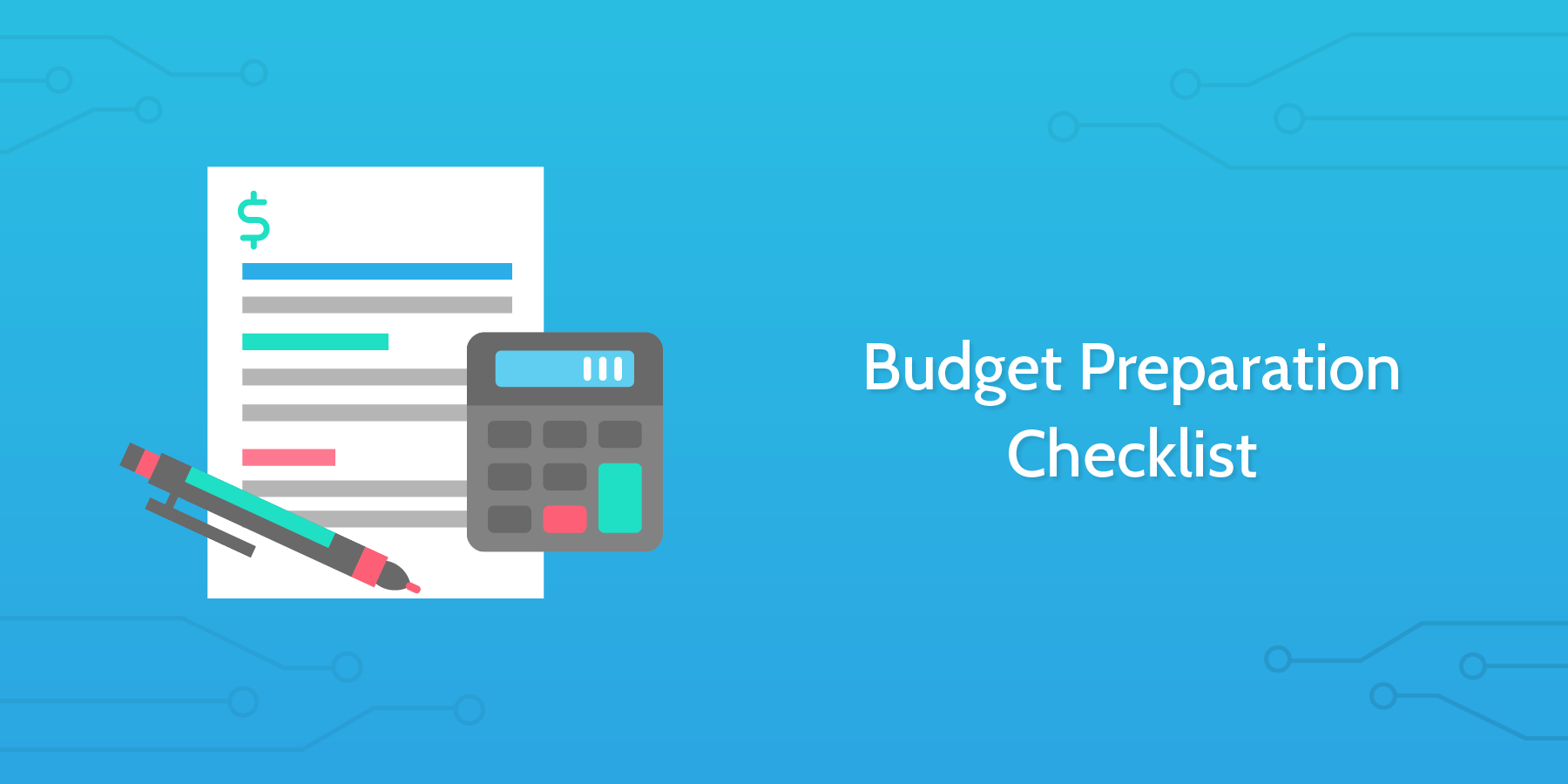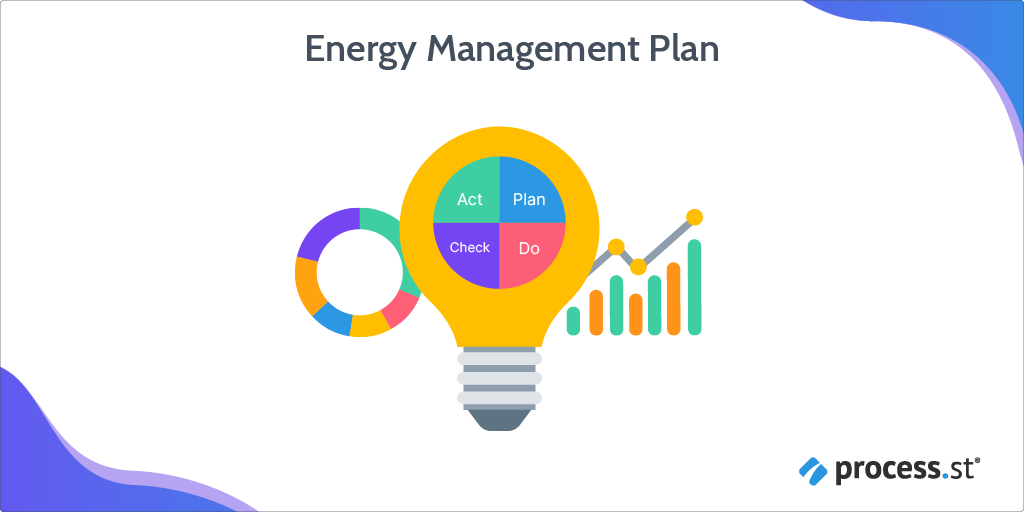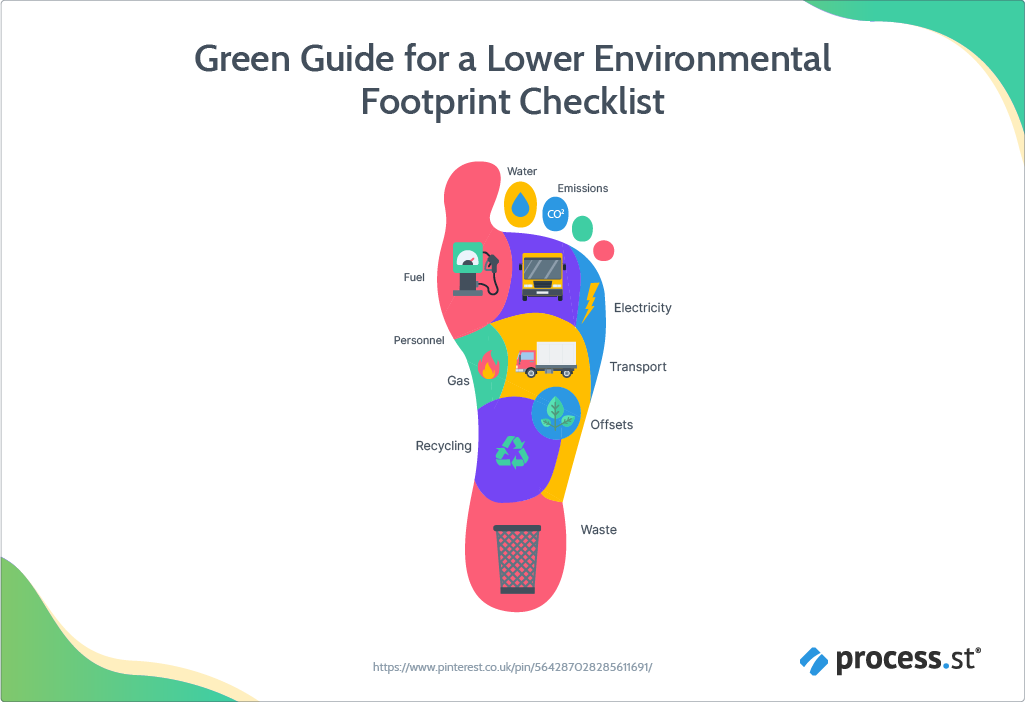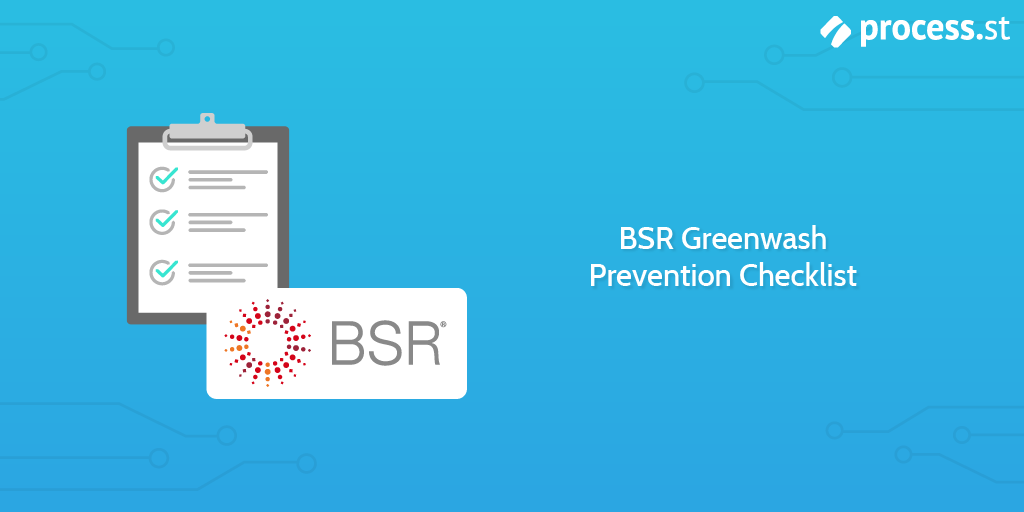Preparing a budget can be a long and arduous process, but it doesn't have to be. By efficiently gathering all of the information you need and following clear steps to gain approval from top management without excessive delay, you can implement a new budget in no time.
A well-prepared budget is an effective management tool as it enables you to see if you are on track to meet goals or if corrections are needed mid-course.
Run this checklist on an annual basis, ideally 3 months before the end of the fiscal year, to prepare your departmental budget as efficiently as possible.











